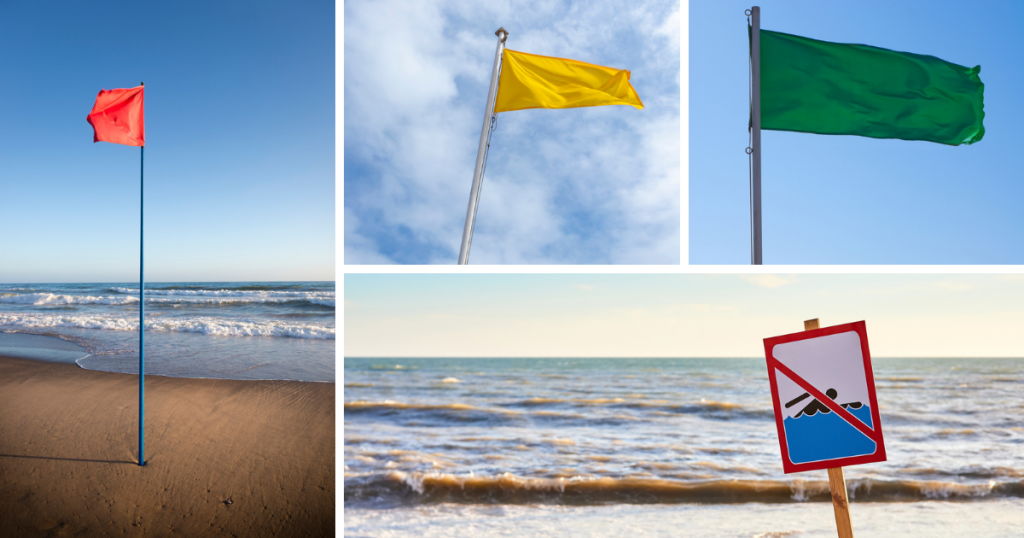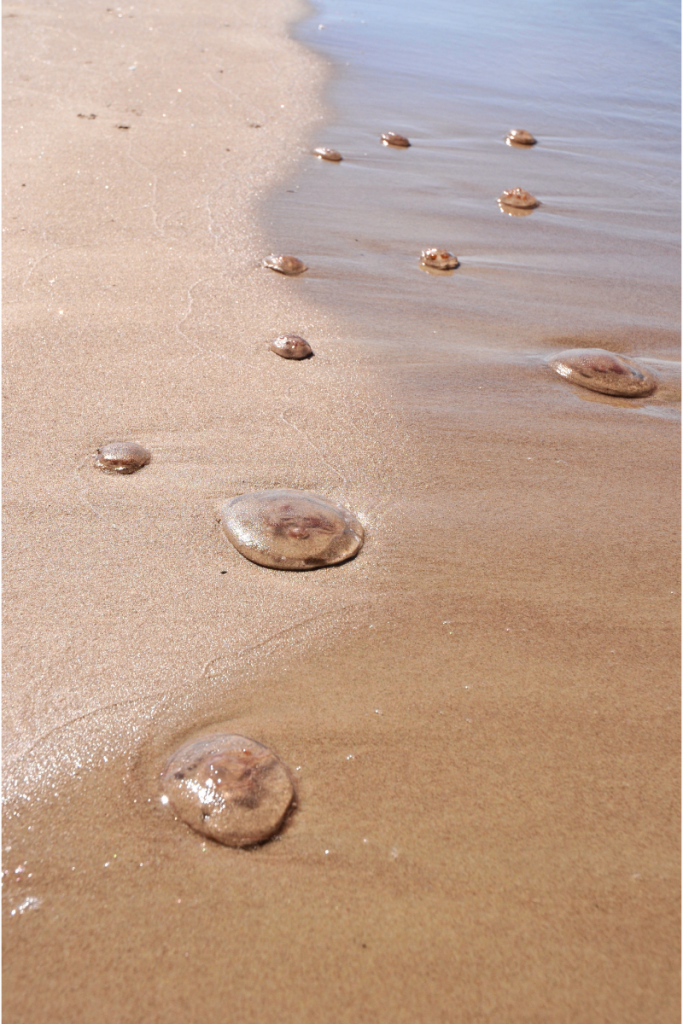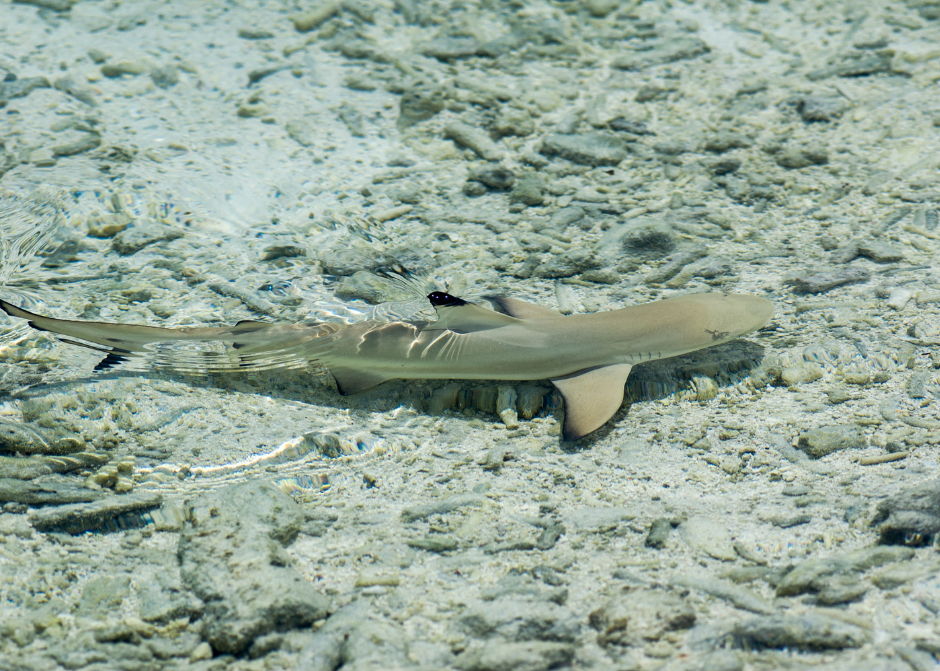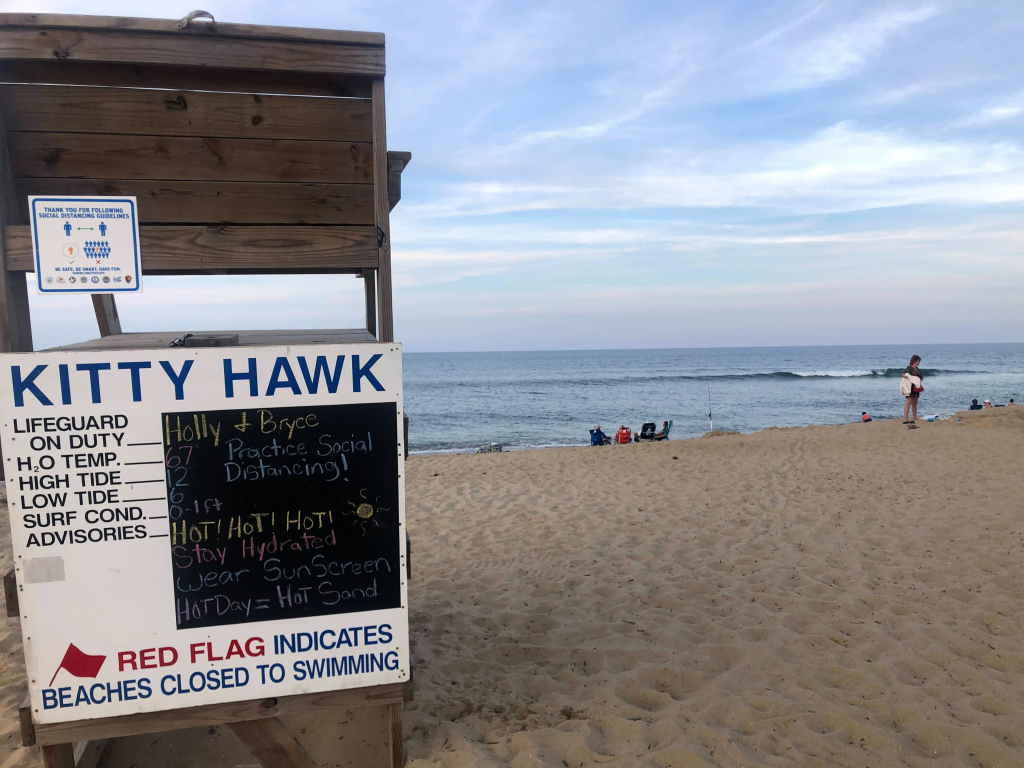Taking a trip to the Outer Banks can be an enjoyable and memorable experience. As much fun as it can be, beach safety must be a top priority for those who visit the OBX. Whether you are taking a stroll on the beach, going sailing or taking a dip in the ocean, we want to ensure your trip to the beach is just as safe as it is fun. Here are our top five OBX beach safety tips for those who want to stay safe in the Outer Banks.
OBX Beach Safety Tips - Staying Safe

A rip current is a localized current that flows away from the shoreline. In fact, it can be so strong, even the strongest swimmers can struggle to escape one of these. With the possibility of rip currents being as large as 50 feet to 100 feet wide, these currents can drag people away from the shore in just a matter of seconds.
Remember, respect the power of the ocean. Be wary of the following indicators for rip currents:
- Churning, choppy water
- Deviation in normal water color
- Foam or seaweed moving steadily toward the sea
- A break in the incoming wave pattern
According to NOAA, the National Oceanic and Atmospheric Administration, it is recommended to swim parallel to the shore instead of towards it if you get caught in a rip current. However, if you find yourself being dragged away from shore by a rip current and can't seem to get out of it, it is important to remain calm. Do not fight against the current. On the contrary, allow yourself to float and be carried. Call or wave for help to the lifeguards on shore or other beach goers nearby.
Be sure to keep an eye out for flags on lifeguard stations on the shore and read any signs thoroughly as you arrive. Flags on our public beaches will indicate rip current conditions as the following:
- Green-for calm water conditions
- Yellow-moderate surf conditions
- Red-high hazards for rip currents
2. Jellyfish

One of the types of wildlife that you will need to be on the lookout for, are the jellyfish. This is especially true if you plan on visiting our beaches. Local jellyfish deliver a powerful sting, which can result in red welts, mild to severe pain, blisters, swelling, prickling, and itching. Be on the lookout for the most common types of jellyfish found in the OBX below.
- Moon Jellyfish-These jellyfish are the most common jellyfish you will find along the beaches of the Outer Banks. They are classified by their clear, disc-shaped tentacles. You will mostly find these jellies washed up on the shore, mostly without their tentacles.
- Sea Nettles-This jellyfish is the primary culprit behind most of the jellyfish stings on the OBX. They are classified by their reddish-brown color (typical of sea nettles) or their bay coloring (typical of bay nettles). These jellyfish tend to make themselves known during the late summer months. Furthermore, the size of these jellies will ultimately determine the severity of the sting.
- Cannonball Jellyfish-Just as their name implies, the Cannonball jellyfish is named due to their cannonball-shaped bell. While these jellyfish are rare to see in the OBX, they are easy to spot if they do make an appearance. These jellyfish can usually be seen in the late summer and early fall.
- Mushroom Cap Jellyfish-Named after their fungus-like appearance, these jellyfish are typically known for their creamy color, mushroom shaped bell, and the dark markings along their tentacles. You can typically see these jellyfish in the late fall and well into the winter.
- Dwarf Lion's Mane Jellyfish-As gorgeous as these jellyfish are, their stings are not so fun. The Lion's Mane jellyfish is known for the pair of stripes running from their bells in a gorgeous floral-like pattern and their Nettle-like coloring. These jellyfish can typically be seen in the late fall and wintertime.
- Portuguese Man o' War-Be on the lookout for these jellyfish later in the summer season. This is when these jellyfish tend to wash up on the shore. These jellyfish can be dangerous, especially with the powerful sting they can deliver with their 16 foot long tentacles. Usually, these jellyfish like to float on the surface to catch their prey with their tentacles, using their balloon body like a buoy. As cool as these jellyfish look, be sure to keep your distance.
3. Sharks
It is very unlikely that you will encounter a shark during your stay at the Outer Banks. However, it is best to be prepared on the off chance you come across one in the water. The most common types of sharks found in the Outer Banks include:
- Scalloped Hammerhead
- Atlantic Sharpnose
- Blacktip
To stay safe, keep these shark safety tips in mind:
- Swim near a lifeguard
- Keep away from waters currently being used by fishermen or avoid water near the pier
- Always stay close to a group
- Do not swim at sunset, night or during twilight
- Refrain from wearing shiny jewelry
- Avoid excessively splashing water
- Be cautious when swimming between sandbars and drop offs. This is a regular hangout for sharks
- If you are bleeding, do not enter the water. Doing so will only attract sharks directly to you









